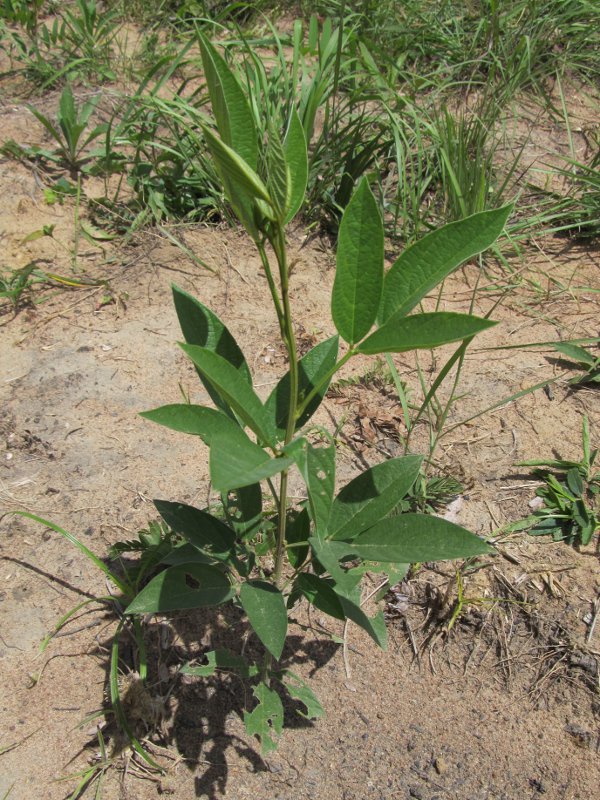Ngolyolyo – TOTM, April 2012
2012/04/11 2 Comments
Unfortunately, last month between a busy work schedule and power outages I was not able to get TOTM posted. Here’s a quick summary for April’s tree.
Local Name: Ngolyolyo
English Name: pigeon pea
Botanical name: Cajanus cajan
Family: Fabaceae – Papilionoideae
Cajanus cajan has one of my favorite local names of the trees in this area – Ngolyolyo. It’s just fun to say! Known as pigeon pea throughout many parts of the world, this small tree/shrub might be one you are familiar with. Originating in India, Ngolyolyo was brought to Zambia for it’s quick growth and numerous benefits. As an agroforestry species, one of the first benefits to note about Ngolyolyo is it’s ability to fix atmospheric nitrogen and improve the soil for other crops. Like ububa, ngolyolyo has strong roots that are able to penetrate below hard pan. Unlike ububa, ngolyolyo, is not poisonious, but is actually food for many animals, including humans.
The seeds of Ngolyolyo are small, light brown pea-size spheres. They can be cooked and eaten in the same way dried or fresh beans are cooked and eaten. In the village beans are generally boiled in water and then, if available, cooked with a bit of tomato, onion, cooking oil and salt. The beans are then eaten as a relish with the main dish, nshima. When grown as an improved fallow these beans offer a bit of food so something can be eaten from that piece of land during the fallow period. When intercropping with crops like maize it provides a higher protiein imbasela (bonus) that can be harvested and eaten.
Some ngolyolyo is growing in my area, but it’s use is limited and not widespread. Encouraging people to plant it either in a fallow field, intercropped in their crops, or any other method has proved difficult. Many have told me that they don’t like the taste. However, last weekend while on vacation I was talking with a Zambian about this plant and he told me it was very good, much better than beans. Now I know it can be tasty and some people do enjoy it! In addition to helping improve the soil and provide food, ngolyolyo can also be used for firewood, medicine and windbreaks.
I hope you’ve learned something in this brief post on Ngolyolyo. Please write a comment if you have any questions or something to add.




Have you tried the beans? A perennial bean could be useful, though I suppose yields might be lower than those of annual beans. Not all people like the same foods. People here at work tend to like edimame, but I don’t.
No, I haven’t tried the beans, but I’d like to! It’s true, people have different tastes, but some things just take time to get used to or modified cooking techniques. I eat a lot of dried soy pieces here as one of my main sources of protein. Cooked the wrong way I don’t like them much, but if they’re cooked well they can be mighty tasty!